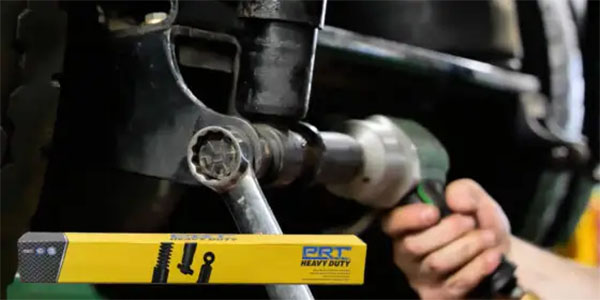CC: Modern engines do not have wear caused by pieces of metal from the bearings circulating in the oil. The real cause of wear to the piston rings, cylinder walls, and bearings are carbon particles in the oil caused by higher-compression, hotter burning engines.
Some direct-injection engines can have unique timing cycles that can increase compression, temperatures, and exposure of the valves to the combustion chamber. This causes more stress on the oil. If the oil is not up to the specifications set forth by the manufacturer, the oil can be a contributor to the carbon problem. This is why manufacturers have introduced more new oil specifications in the past decade.
Oil additives can help to breakdown, disperse and even encapsulate carbon deposits and soot. But, all oil and additive packages break down over time and lose their effectiveness to control carbon deposits. This lifespan is a function of the quality of the oil and how the engine stresses the oil.
These soot particles can find their way into the engine oil. While one soot particle will not cause wear, clumps of soot particles will cause abrasive wear. Additives in oil can keep the soot particles in suspension, so they can’t clump together. Soot can also cause oil to sludge. An oil filter can help to filter out particles of carbon or soot before they can damage the engine. Extended interval oil filters are designed with greater capacity and high efficiency so they can handle more soot and sludge over an extended drain interval without having to go into bypass mode. Some filter manufacturers have specific lines of filters designed to last longer than the recommended interval.
This video is sponsored by FRAM













